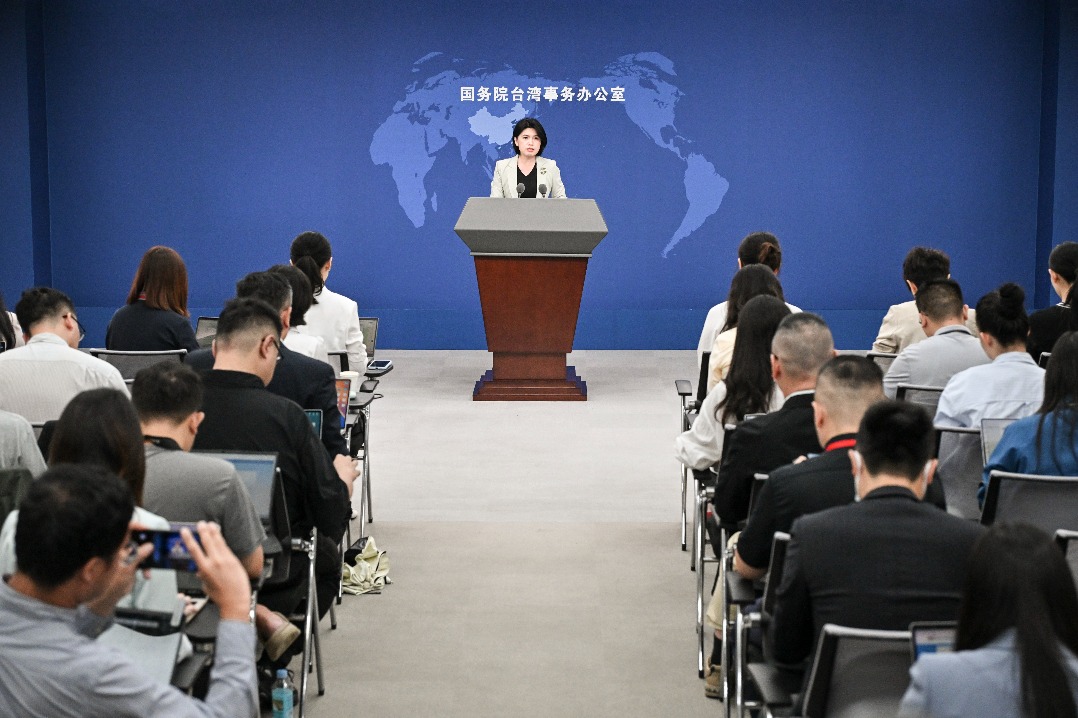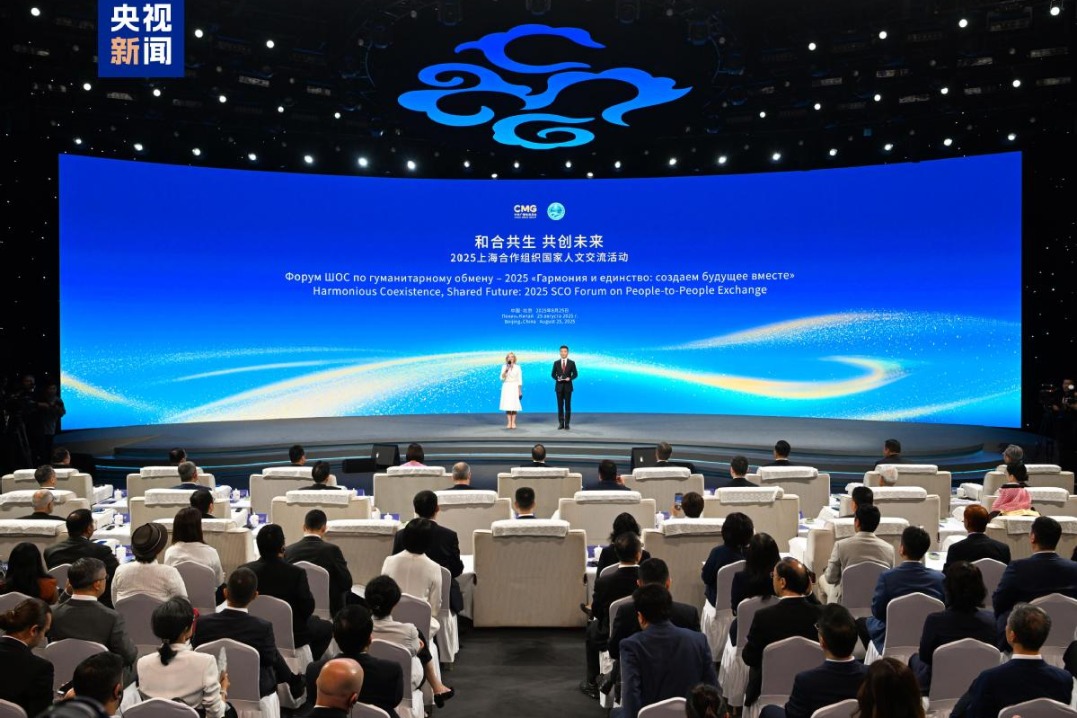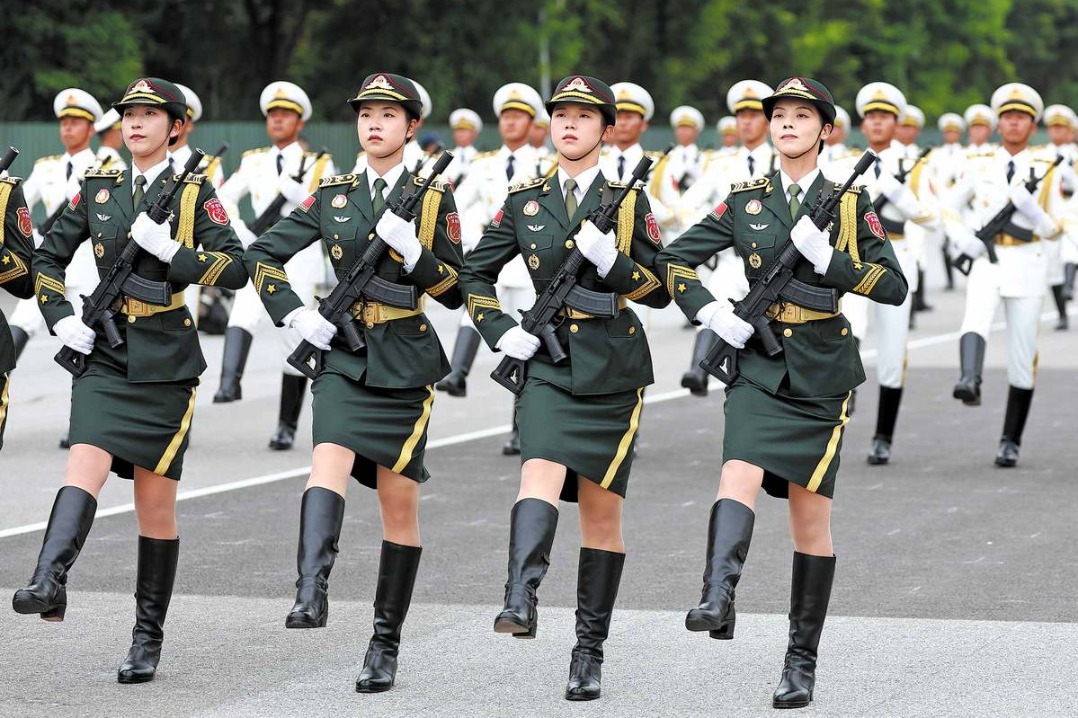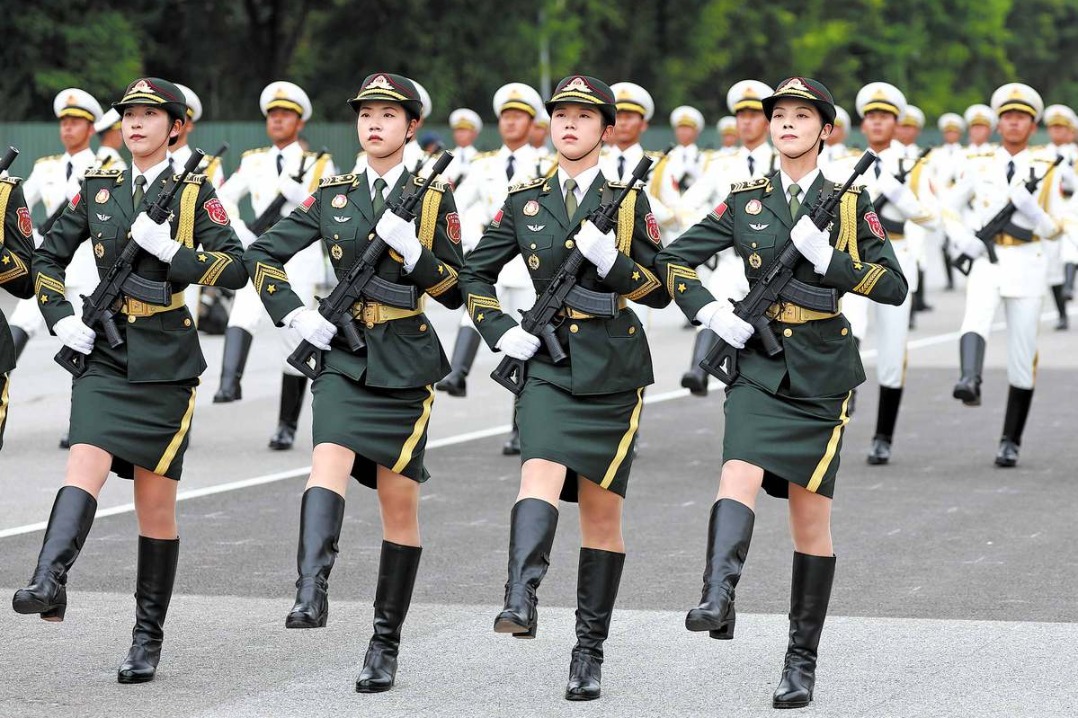BRICS ideal for South-South cooperation

 |
| CAI MENG/CHINA DAILY |
Questions have also been raised about whether rapidly growing economies such as China and India and their expanding foreign investments, especially the China-proposed Belt and Road Initiative, would undermine the puritan dictum of South-South cooperation that propagates "de-linking" less-developed economies from the exploitative global North. Even the expanding foreign aid from China and India has been questioned, as many fear it might compromise democratic and human rights in developing countries, because the aid comes with no strings attached.
Since China and India are also investing in advanced industrialized countries, will their actions dilute BRICS' commitment to South-South cooperation?
If anything, BRICS states are widely recognized today for their inflecting economic reforms and restructuring, which have resulted in policy innovations guiding their inclusive development and poverty eradication initiatives, and providing inspiring examples for developing and less-developed countries.
The South-South cooperation paradigm evolved in the late 1960s. Recognizing the subservient nature of their relations with the advanced economies, many scholars suggested that less-developed countries "de-link" from the North as a way to forge stronger economic ties among developing countries.
BRICS today presents a success story of that original paradigm. In purchasing power parity terms, BRICS accounts for more than 30 percent of the global GDP and accounts for more than half of global growth, which have given the group power to influence global trends and trajectories. Grounded in the South-South cooperation paradigm, intra-BRICS trade, as percentage of their total foreign trade, doubled from 6 percent to 12 percent between 2001 and 2015. And BRICS states have taken a common stance at various international forums on trade, services, investment and e-commerce, as well as at rule-making world bodies.
The outlook on BRICS states' further integration remains promising given the establishment of the New Development Bank and the BRICS Contingent Reserve Arrangement, which have already started financing projects in various developing countries. Symbolizing BRICS macro-policy coordination, they have enhanced BRICS' leading role in South-South cooperation. Besides, the NDB and the Asian Infrastructure Investment Bank have already prompted the Bretton Woods financial institutions to implement reforms, in order to give developing countries greater say. And BRICS states' mini-summits on the sidelines of G20 gatherings have offered new ways to democratize the global governance structure and process.
Indeed, enterprises based in BRICS states have established a unique culture of investment, technology sharing and market management, which is totally different from the patron-client model of the multinationals from the industrialized North. At the BRICS seminar on governance in Quanzhou, East China's Fujian province, last week, which I attended, China International Publishing Group signed a series of cooperation agreements with various publishers from the other four BRICS states, and its vice-president Wang Gangyi urged all sides to make concerted efforts to engage in substantial research and advice "to promote BRICS to become a new leading platform for South-South cooperation".
BRICS has especially benefited from the economic buoyancy of China and India, as well as the continued sluggishness in the economies of the global North. China and India have emerged as major investors in infrastructure construction, information and communications technologies and energy. Here, BRICS provides them a with unique forum to coordinate their perspectives to maximize benefits.
BRICS represents a strong source of empowerment and inspiration for most developing countries. Given this fact, the idea of inviting several developing countries to the upcoming BRICS Summit in Xiamen, Fujian province, and forging new partnerships under the "BRICS Plus" arrangement holds the promise of making BRICS a stronger platform for South-South cooperation.
The author is a professor at the School of International Studies, Jawaharlal Nehru University in New Delhi.

































